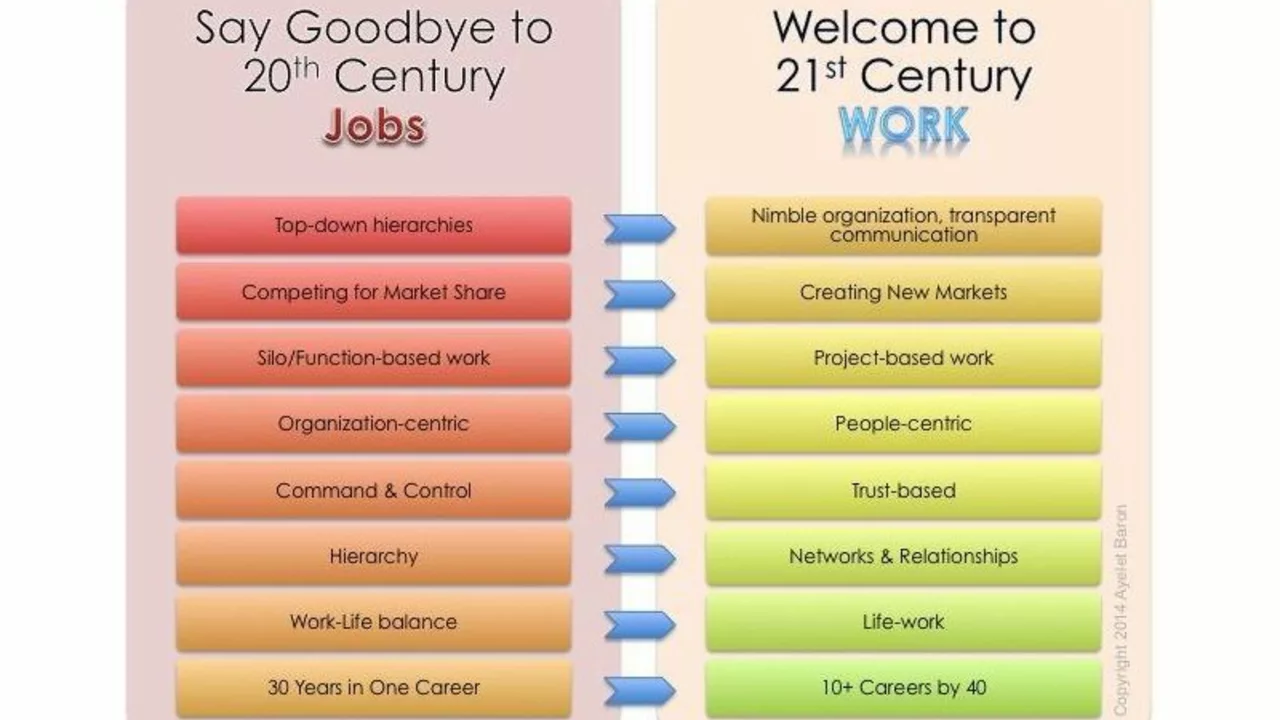Understanding the 21st Century Education
Contrary to what some may think, this is not about incorporating sci-fi holographic teachers into classrooms. That's where they're wrong. Can you imagine that? 21st-century education is about harnessing the accelerating pace of technological advancement to make education more engaging, interactive, and, most importantly, fun. Cedric here is all for anything that makes learning fun. Now, let's dive into what all of this really means.
21st-century education is centered around the 4C’s: critical thinking and problem-solving, communication, collaboration, and creativity and innovation. It's about meshing traditional education with modern technology to promote these four pillars. It isn't about using technology for the sake of using technology. No, no - it's about ensuring learners have the skills required for today's tech-savvy world. It's about helping students become digitally literate - and if that includes a holographic teacher or two, well, that's just an added bonus.
Role of Technology: Friend not Foe
Gone are the days where technology was just used to watch funny cat videos. Now, it has a crucial role in 21st-century skills development. From virtual field trips on Google Earth to STEM experiments using Minecraft, technology is merging entertaining with educational seamlessly. I remember when I was a kid, all we had was Oregon Trail - a game that taught us, kids, the dangers of dysentery and how not to ford a river. But look at how far we've come!
To integrate technology successfully in the curriculum, teachers need to have adequate training and support. Remember, not all technology is suitable for all age groups or all subjects. Careful consideration and selection are necessary. Could you imagine teaching history using Instagram? Actually, scratch that, I could see the 'Revolutionary War Filters' section being pretty popular.
Making Room for Real-World Learning
Do you remember wondering when you were going to need algebra in your daily life? Well, 21st Century Education places emphasis on real-world learning. What does that mean, you ask? It's about providing an environment where students understand why they are learning what they are learning and can see the connection between their studies and the outside world. There is a place for Pythagoras's theorem in real life - I promise!
One way to incorporate real-world learning is by using problem-based learning. This means that students will be presented with real-world problems and will have to use their critical thinking and problem-solving skills to solve them. I remember when my old music teacher had us compose and play our songs - it was the best learning moment in my entire school career.
Flipping the Classroom: Teachers as Guides
This is not about doing cartwheels in the classroom (although that would be a sight to see!). Flipped classrooms focus on shifting direct learning outside of the classroom and moving homework-type activities into the classroom. The teachers then transform from 'sages on the stage' to 'guides on the side'. I remember the first time I tried flipping my room - that didn’t end well, I’ll tell you.
Class time can then be utilized for discussing the material, answering queries, working on projects, and collaborating. It also facilitates learning at the student's own pace, which can do wonders for their comprehension and retention of the subject matter.
Promoting Creativity and Innovation
In an age where innovation is the name of the game, promoting creativity is crucial. However, it's not just about arts and crafts. We're aiming for the higher-order thinking associated with creating and evaluating. This means we'll be pushing kids to generate new ideas, design plans, and develop innovations. Henry Ford said it right, "If I asked people what they wanted, they would say faster horses." It's all about thinking outside the box, or in this case, perhaps, the classroom.
In conclusion, integrating 21st-century education is about focusing on how our students learn best and providing an environment that supports their growth and development. Remember, it's not a revolution - it's an evolution - often requiring small shifts rather than vast changes. And hey, if we can throw in a holographic teacher or two into the mix, why not?
